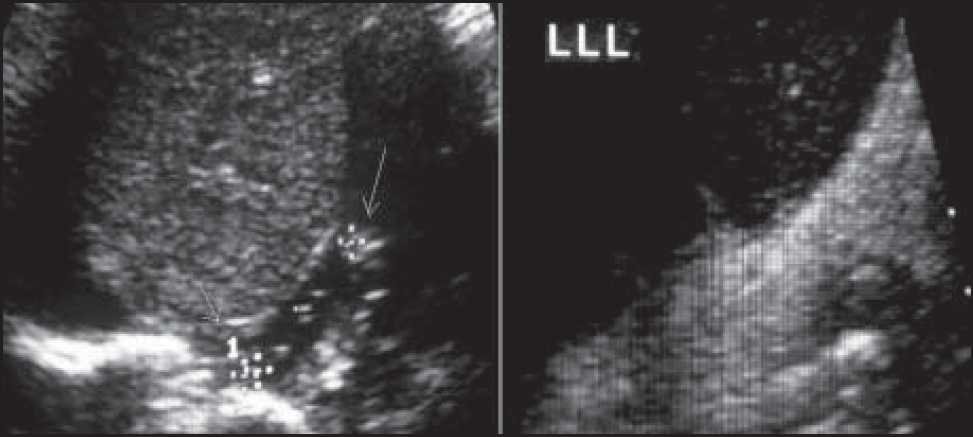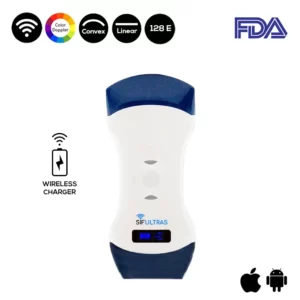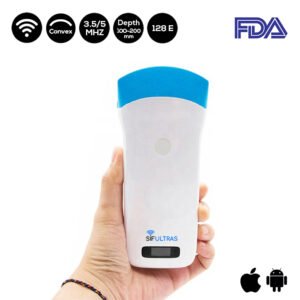Gastroesophageal Reflux Disease (GERD)

As One of the most popular gastric diseases, gastroesophageal reflux disease (GERD) is an illness that affects the stomach or the lower esophageal sphincter (LES), in a way that makes the patient sense a type of indigestion felt as a burning sensation in the upper stomach, caused by acid regurgitation into the esophagus.
This is called the Heartburn which is a famous problem made by acid reflux, a condition where the acid is forced back up into the esophagus. It creates a burning pain in the lower chest.
There are many symptoms for this disease such are a pain when swallowing, unexpected and sudden increase of saliva, sore throat, inflammation of the gums… This problem may be caused by hiatal hernia, high level of stressful situations, obesity or disorganized diets.
Patients of this disease are forbidden to eat spicy, sour and hot food, alcohol, smoking, caffeine. Now talking about the procedure to treat this illness. Instead of using the long procedure of endoscopy to visualize the esophagus and the stomach you only need the new point-of-care ultrasound application to scan what is inside the patient. We call this gastric ultrasonography or gastric ultrasound or gastric sonography.
Which ultrasound scanner is best for gastroesophageal reflux disease?
Now the question is : can ultrasound tell the nature of gastric content ? is it empty, clear fluid, or thick fluid/solid ?This relies on the right lateral decubitus (RLD) position. The best position depends on the segment of the stomach to be imaged and affects sonographic findings.
The parts that are situated farthest from the stomach (antrum and body) are better evaluated in a semi-sitting or RLD position. A curved array low-frequency transducer (2–5 MHz) SIFULTRAS-5.2 with standard abdominal settings is most useful in adults.
It presents the necessary penetration to locate the relevant anatomic landmarks for Gastroesophageal Reflux Disease (GERD). And a linear high-frequency transducer can be used with paediatric patients or to get detailed images of the gastric wall, which is 4–6 mm thick and has features of five distinct sonographic layers that are best visualized with a high-frequency transducer (5–12 MHz) in the fasting state.
To see all this you can use the USB Linear 5-12MHz Ultrasound Scanner SIFULTRAS-9.53 with its linear head and high frequency of 5 to 12 MHZ. Or you can simply use a double head ultrasound with two probes such as Color Double Head Wireless Ultrasound Scanner SIFULTRAS-5.42 with a convex and linear probe.
Most doctors can treat GERD. Or you may want to visit an internist–a doctor who specializes in internal medicine–or a gastroenterologist–a doctor who treats diseases of the stomach and intestines.

[launchpad_feedback]
Although the information we provide is used but doctors, radiologists, medical staff to perform their procedures, clinical applications, the Information contained in this article is for consideration only. We can’t be responsible for misuse of the device nor for the device suitability with each clinical application or procedure mentioned in this article.
Doctors, radiologists or medical staff must have the proper training and skills to perform the procedure with each ultrasound scanner device.



